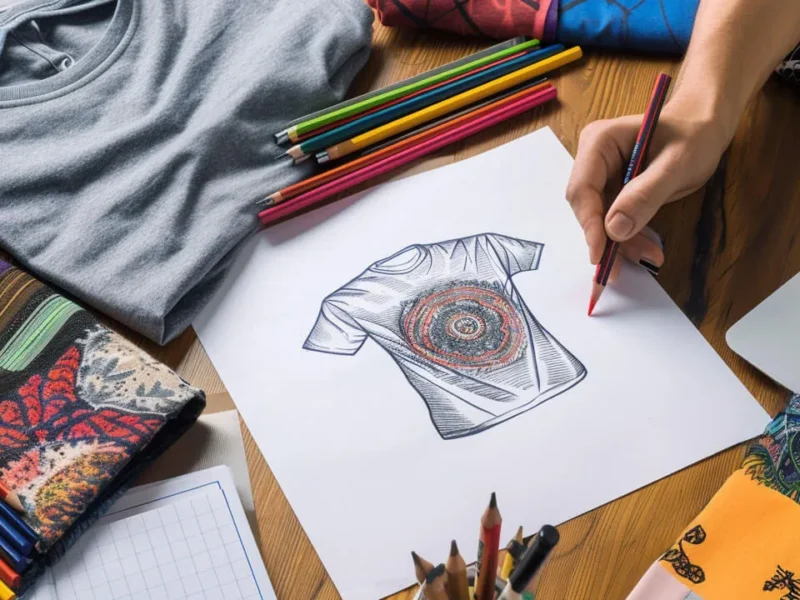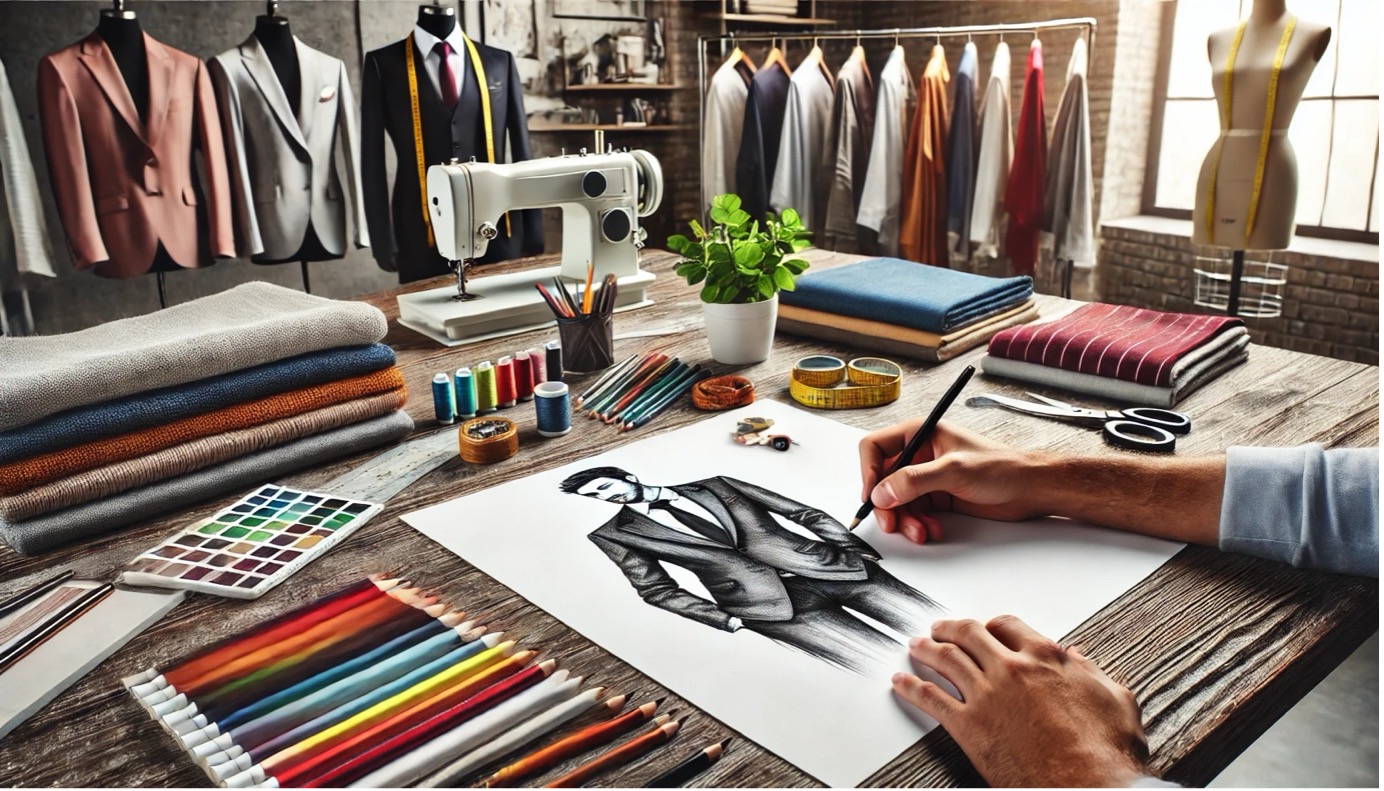
The world of custom clothing is where art meets precision. Every tailored piece tells a story—of meticulous planning, expert craftsmanship, and unparalleled attention to detail. But how does an idea transform into a stunning outfit? The custom clothing production process is a fascinating journey that begins with a simple sketch and ends with a beautifully stitched masterpiece. Let’s unravel this creative process, step by step.
The Custom Clothing Production Process
- Conceptualization: Breathing Life into Ideas
Every custom garment begins with a vision. This phase involves collaboration between the client and the designer to understand preferences, styles, and functionality. Detailed sketches are created, often accompanied by mood boards, to capture the essence of the final design.
- Fabric Selection: Choosing the Perfect Material
Fabric is the soul of any garment. Clients choose from an array of premium materials, from luxurious silk to breathable cotton or textured wool. The right fabric enhances the design and ensures comfort, durability, and style.
- Measurements: Precision for a Perfect Fit
Custom clothing is all about achieving the perfect fit. Tailors take precise measurements, considering even the smallest details like shoulder slope and arm length, to ensure the garment fits flawlessly.
- Pattern Making: The Blueprint of the Garment
Once measurements are finalized, a pattern is created. This blueprint outlines every piece of the garment, guiding the cutting and stitching process. Modern tailoring often combines traditional techniques with digital tools for unmatched accuracy.
- Cutting: Shaping the Fabric
Using the patterns, the chosen fabric is carefully cut to form the garment’s components. This step requires extreme precision, as any error can compromise the fit and design.
- Stitching and Assembly: Bringing the Design to Life
This phase involves sewing the cut fabric pieces together to form the garment. Skilled tailors use advanced machines and hand-stitching techniques for detailed elements like collars, cuffs, and linings.
- Fittings and Adjustments: Refining the Masterpiece
After the initial assembly, the garment is fitted to the client. Adjustments are made to ensure a perfect fit, from minor tweaks to significant alterations.
- Final Touches: Perfecting the Details
Once the fit is flawless, final touches like buttons, embroidery, or monograms are added. The garment is then carefully pressed, inspected, and packaged.

The Beauty of Custom Clothing
Custom clothing is more than just apparel; it’s an experience. From the initial sketch to the final stitch, each step reflects the art and dedication of tailoring. Clients walk away with a garment that fits perfectly, looks stunning, and feels uniquely theirs.

Conclusion
The journey from sketch to stitch is a celebration of creativity, skill, and individuality. Custom clothing not only elevates your style but also provides a personal connection to what you wear. Whether you’re looking for timeless suits or one-of-a-kind dresses, understanding this process deepens your appreciation for the art of tailoring.

Recent Comments